Lets Define Contrast first,
Contrast is a measure of the “range” of an image; i.e. how spread its intensities are. It has many formal definitions one famous is Michelson’s:
He says contrast = ( Imax - Imin )/( Imax + I min )
Contrast is strongly tied to an image’s overall visual quality.
Ideally, we’d like images to use the entire range of values available
to them.
Contrast Stretching and Histogram Equalisation have the same goal: making the images to use entire range of values available to them.
But they use different techniques.
Contrast Stretching works like mapping
it maps minimum intensity in the image to the minimum value in the range( 84 ==> 0 in the example above )
With the same way, it maps maximum intensity in the image to the maximum value in the range( 153 ==> 255 in the example above )
This is why Contrast Stretching is un-reliable, if there exist only two pixels have 0 and 255 intensity, it is totally useless.
However a better approach is Histogram Equalisation which uses probability distribution. You can learn the steps here


